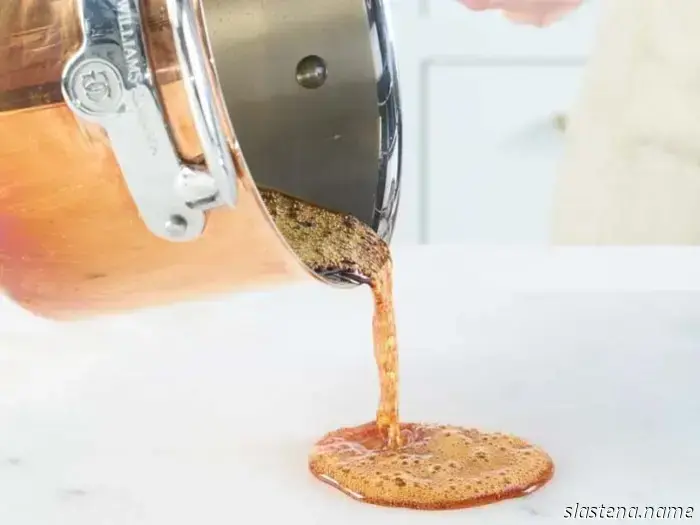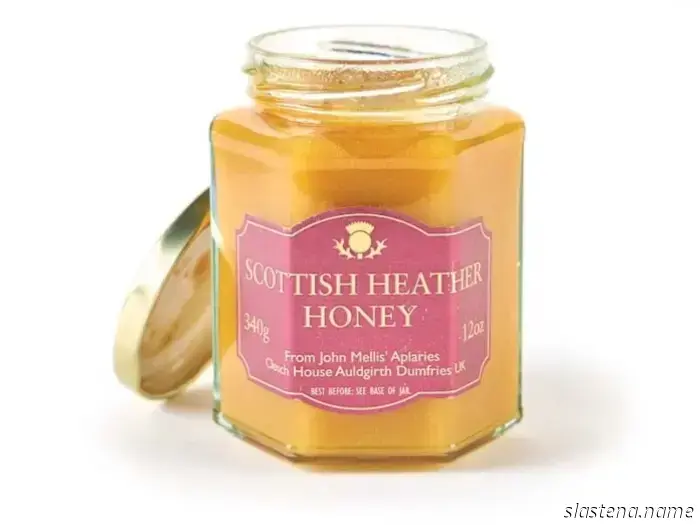
The Pleasurable Art of Sugar Stages - Bake from Scratch
Bakers of all skill levels, from novices to veterans, may find the process of cooking sugar daunting. It requires precision—high temperatures, swift reactions, and even a brief lapse in attention can lead to burnt caramel instead of the desired golden hue. However, with appropriate tools and a grasp of the behavior of sugar at various temperatures, you can build your confidence in candy-making.
We're concentrating on sugar syrup here, which is a blend of granulated sugar and water heated until boiling. As it simmers, the water evaporates, resulting in a more concentrated sugar solution. This is how you can control the final consistency of the syrup, which can range from soft and pliable to hard and brittle. These variations are referred to as the stages of sugar, which serve as the basis for creating everything from marshmallows to brittles to spun sugar and caramel.
Necessary Tools
While candy thermometers have traditionally been the preferred instrument, modern digital thermometers offer faster and more precise readings. Conventional clip-on thermometers help keep your hands away from the hot sugar, but they may be difficult to interpret and can become inaccurate over time. A digital or instant-read thermometer provides quick readings and a more dependable temperature measurement.
If you don’t have a thermometer on hand, you can still use the cold water method to assess the sugar stage. Fill a transparent container with ice water, and then drizzle a small quantity of the syrup into it. The immediate cooling will demonstrate the shape and texture formed, indicating the stage at which the syrup is.
Temperature
WHY ARE THERE TWO TEMPERATURE READINGS IN A CARAMEL RECIPE?
When sugar reaches the caramel stage, all the water has evaporated, leaving a dry, brittle substance. This is ideal for making spun sugar or praline, but not as suitable for creating a smooth sauce or chewy confection. To turn caramelized sugar into a smoother and more workable product, recipes often include fat (such as cream or butter) and sometimes an additional liquid. After this step, the mixture is cooked again to reach a second specific temperature. This ultimate stage determines the final texture—whether it remains pourable for sauces, sets soft for caramels, or hardens into toffee.
The Sugars
The Stages of Caramel


The Pleasurable Art of Sugar Stages - Bake from Scratch
Whether you're a novice or a seasoned baker, working with sugar can be daunting. This technique requires accuracy; extreme heat, quick chemical reactions, and even a slight delay can transform perfectly golden caramel into a charred disaster. However, with the appropriate tools and knowledge of sugar's properties at various temperatures, you will be well-equipped.

